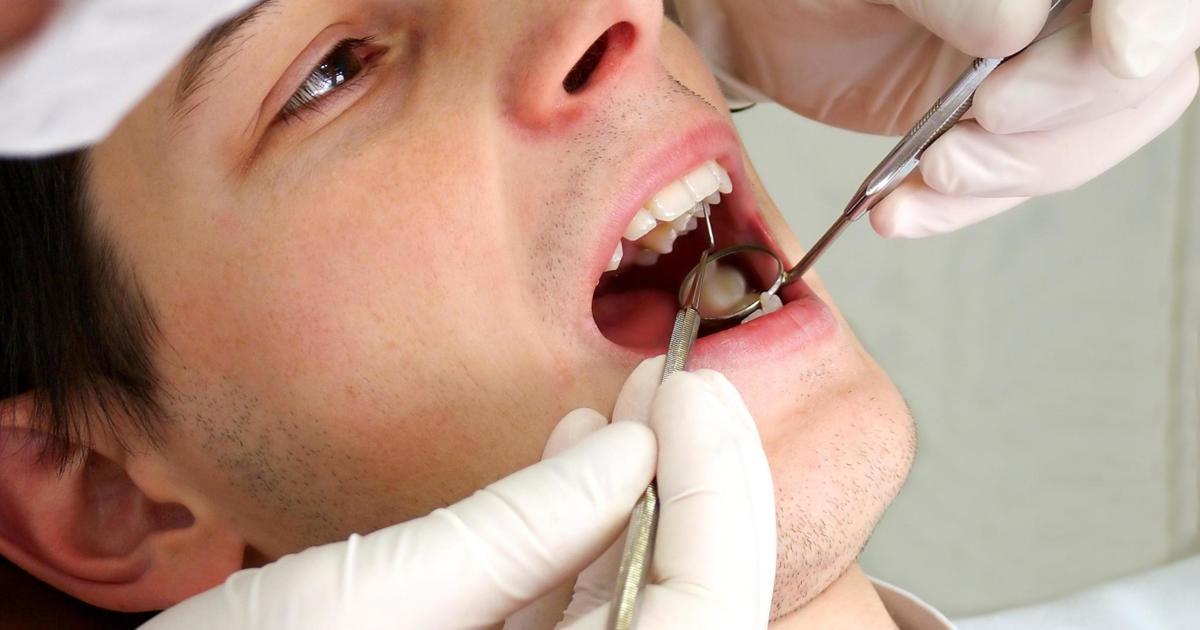What is bone Spicule?
A dental bone spur, often referred to as a bone spicule, is a piece of exposed bone that results during tooth extraction. Most remarkably, because of the intricate natural curves of the jawbone in this area, wisdom tooth bone spicules can develop following wisdom tooth extraction. Following a bone injury or bone loss, such as that brought on by osteoarthritis, bone spurs may develop.
In places where bones touch, such as the knees, spine, hips, and foot, bone spurs frequently form. After tooth extraction, a bone spicule can cause discomfort and, if left untreated, may become more problematic. These could be referred to as bone sequestra by some dentists. This is how your body gets rid of excess bone from the area where the tooth was extracted.
How does bone spicule form?
Usually, bone spicules are the outcome of the body’s inbuilt healing mechanism following tooth extraction. When a tooth is extracted, the surrounding bone may grow tiny, pointed spurs as it starts to repair and restructure. If treatment is not received, these spurs may become dislodged at the extraction site, resulting in pain and perhaps infection.
Dental bone spicules are painful, but often not a reason for alarm.
Signs of a bone spicule in the mouth
Bone spicules in the mouth can be very obvious, whereas bone spurs in other parts of the body might not show any signs at all.
Oral bone spicule symptoms include:
- roughness in your gums
- shard of white bone lodged in your gums
- discomfort in your mouth
- pain (you could feel as though small, sharp flakes are lodged in a specific spot on your gums)
- indicators of infection, such as
- headache
- fever
- pus
- redness
- inflammatory response

Action to Take in The Event of a Bone Spicule
To avoid problems, get in touch with your oral surgeon right away if you think you may have a bone spicule. We’ll be able to evaluate the circumstances and choose the best course of action for you.
To ease the discomfort in the interim, consider attempting the following:
- To minimise the chance of infection and relieve irritation, gently rinse your mouth with warm saltwater.
- To relieve discomfort, take over-the-counter painkillers, but make sure you adhere to the dose recommendations.
- Apply an oral gel that reduces discomfort at the extraction site.
- Eat nothing hard, crunchy, or spicy that might aggravate the extraction site.
Causes of Dental Bone Spicules
There are a number of oral treatments that might lead to the formation of dental bone spicules in your mouth. The bone beneath a tooth or teeth may be traumatised by these operations.
Following an oral operation, the surrounding bone starts to mend spontaneously. However, occasionally, bone pieces remain at the surgical site. Through your gums, the body excretes these broken pieces of bone from the mending bone.
Among the procedures that might result in bone spicules are:
The act of extracting a tooth or teeth from your jawbones is known as tooth extraction. The following are typical causes of tooth extraction, including wisdom tooth extraction:
- incorrect development of teeth
- shattered or impaired teeth
- tooth or teeth discomfort
- abscess
- gum disease
- dental caries
- teeth crowding or misalignment
- must provide space for an orthodontic appliance, such as braces
- avoiding dental issues in the future (like some wisdom teeth)
Dental Implants
The process of replacing a tooth’s roots with a screw-shaped metal post and attaching prosthetic teeth to it is known as dental implant surgery. Your jawbone is implanted with the metal posts.
Bone Marrow Biopsy Oral
Your doctor might need to undertake a biopsy if you’re undergoing testing or treatment for cancer of the gums or oral bones.
Using a tiny needle or knife, bone or tissue is removed from the body during a biopsy. If aberrant cells, such as those that lead to cancer, are present, a biopsy can identify them.
How are spicules in the mouth treated?
To cure or prevent infection and to expedite recovery, several dentists advise extracting bone spicules from the gums. When bone spicules are removed from the mouth, the procedure is often quick and less invasive.
Your dentist may decide to do an alveoplasty—a procedure in which additional tools are used to smooth your jawbone—while extracting teeth from you.
After oral surgery, the gadget will grind away any bits of jawbone that protrude and could eventually develop spicules. Although alveoloplasty is frequently used as a prophylactic strategy, it is not a guaranteed method of preventing bone spicules from developing.
Are you able to self-treat an oral bone spicule?
In the weeks that follow an oral treatment, the majority of oral bone spicules will eventually find their way out of your gums as your mouth heals.
During its removal, patients frequently sustain injuries to the soft tissues around the bone spicules. DIY extraction is, therefore, not a wise decision. Infection risk may increase as a result of doing this. Additionally, because of the increased agony and bleeding, you could wind up in the hospital nonetheless.
Dislodged tissue, tooth pieces, and bone spicules can all have a similar appearance. And you most definitely don’t want to accidentally move the blood clot that developed after the tooth was extracted. It makes the socket visible, revealing a dry socket. Why subject the jawbone and nerves to unnecessary infection? Therefore, if there is a lot of discomfort, it is preferable to have a specialist check the area.
You may take care of bone spicules at home in certain situations.
During the recovery phase, oral procedures such as tooth extractions can be painful. This also applies to bone spicules. The following at-home remedies may provide comfort if bone spicules are the cause of your pain:
- nonprescription analgesics
- Analgesic mouth gel
- warm saltwater cleaning
Good aftercare will help you avoid any potential surgical consequences, such as dry sockets and further discomfort, both after oral surgery and during the healing period.
If you have had extreme pain, swelling, and pus for more than two weeks, don’t ignore it.
Some quick remedies to ease the pain of dental bone spurs
- The best course of action is to let the undesirable stuff escape through a spontaneous eruption. Avoid using your fingers to attempt to move the bone fragments.
- Patients need to make sure they take their prescription drugs on time, including pain relievers.
- To minimise irritation and speed up the exfoliation of spicules, use warm seawater rinses.
- Instead of using tweezers at home, attempt to remove the spicules yourself. If you attempt to extract fragments that are attached to the jawbone, discomfort and agony may worsen.
- Resist the impulse to rub your tongue against the piece of bone since it may make the discomfort worse.
- If, after waiting for a month or more, a bone fragment is still there and is causing you pain, it is recommended to get in to see your dentist.
When should I visit a dentist if I have an oral bone spur?

Inform your dentist if you think you may have oral bone spicules. They could advise you to schedule an appointment so they can assess if surgery might be beneficial for you.
If you have any symptoms of infection, such as headache, fever, and facial swelling, see a doctor immediately. Also, give your dentist a call if the spicule does not heal in a month or two or if it does not appear to be getting better.
Summary
Oral bone spicules are the body’s response to bone illness or injury, much like bone spurs on other body parts. Spicules of oral bone may develop after oral surgery.
Oral bone spicules often heal on their own in a few weeks and do not pose any long-term risks. There are a few easy techniques to treat oral bone spicules at home, even though they can hurt and cause stiffness.
However, there are circumstances in which a dentist may need to extract your oral bone spicules, such as when an infection is present. If you have a fever or other infection-related symptoms, get in touch with a doctor right away.
FAQs
- Do bone pieces fall out by themselves?
Indeed, after six to eight weeks or longer, bone pieces do come out on their own. However, the natural process is quite sluggish and might hurt until the particles become lodged in the gums. It is advisable to visit a dentist if it is causing excessive discomfort.
- How do pieces of bone feel?
Often, bone pieces feel like tiny, sharp flakes in the gums. They may put pressure on the gums and cause discomfort.
- Can I extract a splinter bone?
You should never attempt to remove a bone fragment by yourself. It can lead to far more serious issues, including serious infections and dental difficulties that need to be treated with a number of invasive and costly operations.
- How much time does it take for pieces of bone to dissolve?
Bone fragments may take up to a year to disintegrate spontaneously.
- Can pain be caused by broken bones?
Yes, after more than a month, bone fragments that are attached to the gums might hurt and create discomfort. Aside from that, eating hot, spicy meals or rubbing against the tongue might exacerbate the discomfort.

